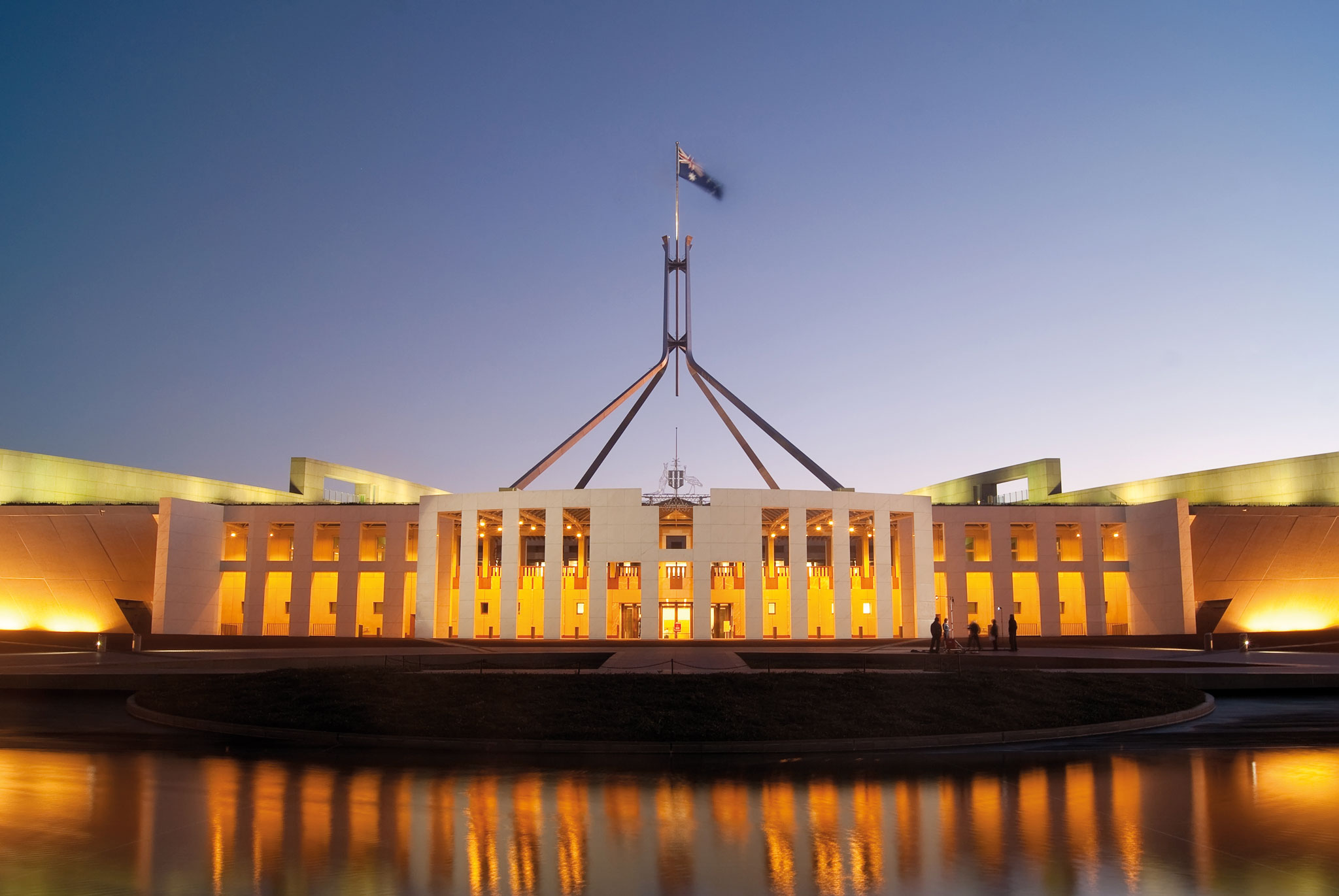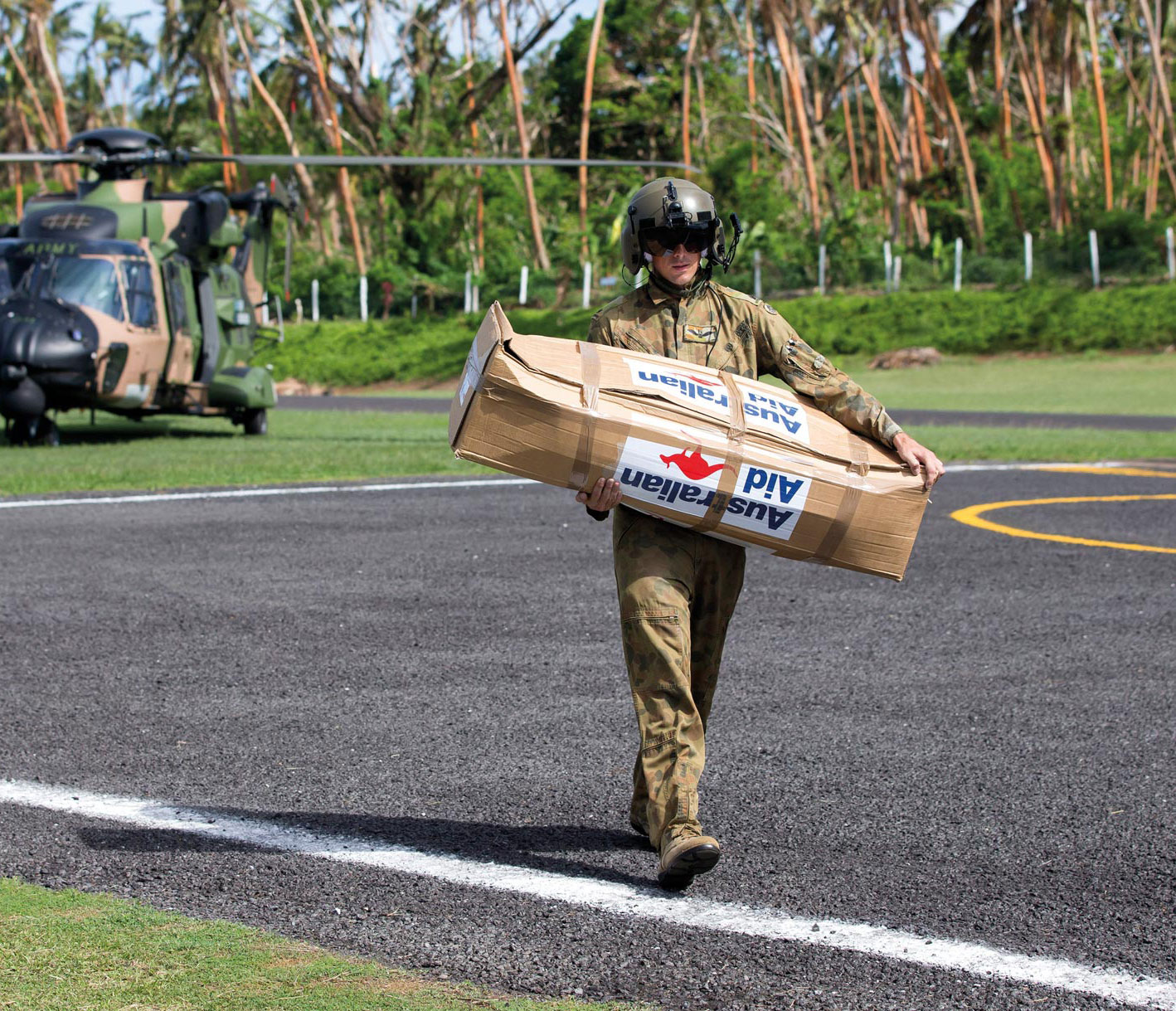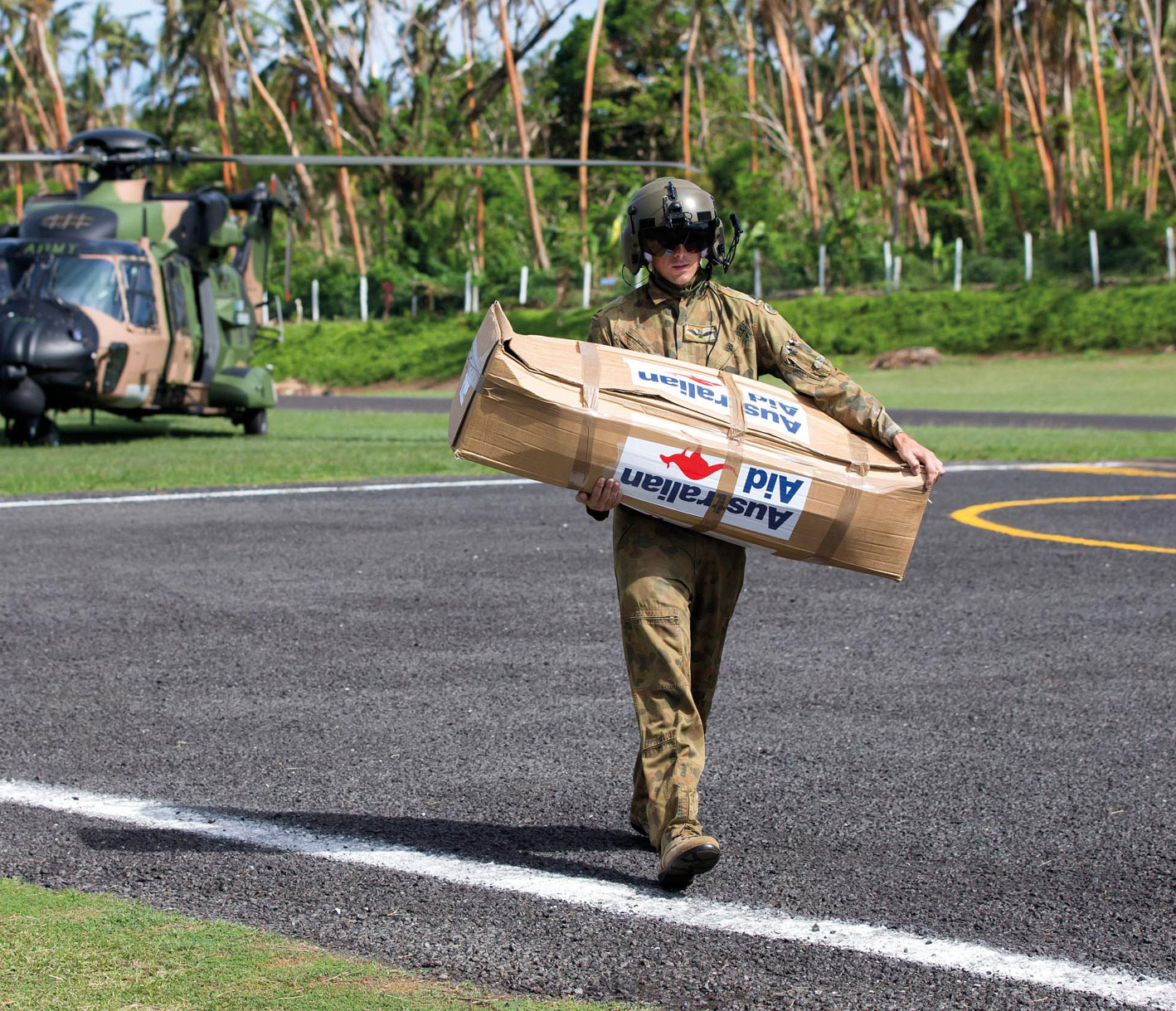The outlook for international trade and investment demands a flexible approach. Multilateral liberalisation will deliver the biggest gains for Australia, but since the mid-1990s, comprehensive deals agreed in the WTO have not been possible. With 164 members, many with divergent interests and levels of development, getting consensus in the WTO is now very difficult.
The Government’s trade agenda is pragmatic given the obstacles to progress at the multilateral level. The best current prospects to protect and improve Australia’s competitive position, open new commercial opportunities and help grow our economy through trade, lie in bilateral and regional FTAs. This will remain the case for the foreseeable future. We cannot afford to stand still while our trading partners are cutting their own bilateral and regional deals. The Government will act to ensure Australian businesses have the competitive edge to succeed in global markets.
Benefitting from Asian growth
The Government’s FTAs with China, Japan and the Republic of Korea are among the most comprehensive and ambitious negotiated by these countries. Australia is the only major developed economy with preferential access into all major North Asian markets.
Australian businesses are taking advantage of the opportunities unlocked by our agreements.
Exports of fresh or chilled Australian boneless beef to the Republic of Korea grew by more than 50 per cent and to Japan by more than 20 per cent between 2014 (before our FTAs came into effect) and 2016. Sales of bottled Australian wine to China in 2016, the first full year of the China – Australia Free Trade Agreement (ChAFTA), grew by almost 40 per cent compared to the previous year. Exports of fresh oranges to Japan grew by almost half between 2014 and 2016, and by a similar amount to China between 2015 and 2016.
Businesses are telling the Government that these expanded overseas sales are leading to more investment and jobs at home.
Liberalising the screening thresholds for foreign investment in non-sensitive sectors has also encouraged investment from China, Japan and the Republic of Korea. Between the end of 2014 and 2016, net foreign direct investment inflows from all three countries grew by more than $30 billion.
Australia’s North Asian FTAs include built-in review mechanisms to enhance their coverage and to keep them relevant to the needs of business. In addition to formal reviews, our FTAs reinforce the technical work we do with our partners to strengthen commercial links. A recently concluded technical market access agreement, for example, will increase the number of Australian meat establishments eligible to export to China.
Modern trade agreements
FTAs are now a major feature of the global trading system, growing in number from around 50 in 1990 to about 280 today. While built on the rules and disciplines of WTO agreements, modern FTAs go well beyond tariff elimination and advance rules in areas and ways not possible in the multilateral system. This network of agreements can generate a competitive liberalisation dynamic, which can open up new opportunities.
These new rules include competition policy, investment and intellectual property rights. FTAs provide mechanisms to address non-tariff and other behind the border measures that could block imports such as biosecurity and environmental standards (both legitimate objectives but sometimes applied by countries in ways that unduly restrict trade).
Australia has been at the forefront of developing modern, comprehensive FTAs. These aim to maximise tariff reductions for Australian exporters, open up services markets, and set rules to enhance trade and investment and reduce regulatory risk. Through these agreements we encourage approaches that support economic growth and trade and investment liberalisation more broadly.
By setting rules to promote a seamless business environment, these agreements improve the prospects of our companies to link to global value chains. They support services exports by eliminating discriminatory treatment, promoting greater regulatory coherence, opening the digital economy, and establishing rules on the temporary entry of business people.
Our FTAs provide a competitive edge to our agricultural producers and complement the Government’s efforts to secure and maintain access for many of our agricultural products under other countries’ technical and biosecurity regulations.
By reducing import costs, these agreements benefit Australian consumers and producers by improving access to intellectual property, technology and know-how from around the world.
To complement our robust diplomacy that assists companies overcome non-tariff barriers, our trade agreements provide a framework to deal with barriers stemming from differences in labelling, standards and other regulations.
Australia’s FTAs promote and facilitate two-way flows of investment, for example by codifying and improving policy settings and seeking improved access for Australian investors in overseas markets. They ensure non-discriminatory access to government procurement markets, and equal treatment under local competition laws. Our FTAs complement Australia’s advocacy for reform of international investment law in forums such as the G20, WTO and OECD.
Finally, we make our FTAs ‘living agreements’ with substantial built-in forward negotiating agendas and work programs. This enables the agreements to evolve in light of emerging trends in trade and investment, and to ensure Australia continues to receive the best available treatment from our FTA partners.
Helping Australian businesses take advantage of our FTAs
The Government is working to ensure businesses know about our FTAs, and take full advantage of them.
In addition to our extensive business and community liaison, officials speak regularly to customs brokers and freight forwarders so they can help clients trade on more preferential terms to grow their businesses.
Hundreds of Australian businesses are using our FTA Portal—a free web-based tool providing practical FTA tariff and trade information—to help them access the opportunities created by our FTAs.
These initiatives complement the Government’s broader efforts to reduce the costs of trading and make Australian businesses more competitive, such as establishing a ‘single window’ for trade.
We do this with one goal—to ensure that the competitive edge delivered by our FTAs helps increase Australian sales overseas, which means more economic activity, more investment and more employment at home.
Creating new opportunities through bilateral FTAs
Australia has FTAs with ASEAN and nine individual countries (Chile, China, Japan, Republic of Korea, Malaysia, New Zealand, Singapore, Thailand and the United States), which together account for 64 per cent of our total trade. To open new opportunities for Australia, the Government will expand our network of agreements to ensure that by 2020 we have FTAs with countries that account for over 80 per cent of our trade.
Our immediate priority is concluding the Indonesia – Australia Comprehensive Economic Partnership. This agreement will strengthen commercial links and help stimulate increased two-way investment. Both governments want this agreement to unlock future growth opportunities for Australia and Indonesia.
The Government will negotiate an ambitious FTA with the European Union, the world’s second-largest economy as a bloc. Australia will also negotiate a comprehensive FTA with the United Kingdom once it has left the European Union. These prospective FTAs will advance our commercial interests, especially in investment, services and agriculture. They will also signal the commitment of Australia, the European Union and the United Kingdom to a strong global trading system.
India has striking economic potential with scope for sustained catch-up growth from improving productivity and harnessing the talent and dynamism of its young and growing population. To cement India as a priority economic partner, the Government is developing an India Economic Strategy to take advantage of India’s strengths in services, technology and innovation, and to identify new ways to do business together. The Strategy will also position us for opportunities that should come from India’s domestic reform agenda. We will keep working towards freer trade with India through our bilateral FTA negotiations, as well as regionally and multilaterally.
The Government’s FTA negotiation with Hong Kong aims to enhance access for our services exports to a major financial centre and a gateway to the larger market in mainland China.
In Latin America, the Government has concluded FTA negotiations with Peru, with ratification of the agreement expected in 2018. We are also advancing negotiations with the Pacific Alliance, which comprises Chile, Colombia, Mexico and Peru. We aim to deepen our trade and investment dialogue with the Mercosur countries: Argentina, Brazil, Paraguay and Uruguay.
The Government continues to advocate with Gulf Cooperation Council countries for the resumption of FTA negotiations. A high-quality FTA covering goods, services and investment would enable Australian business to compete on a level playing field in a region important to our trade and investment interests.
The Government is also working to expand and diversify commercial links with Africa. Africa’s population of 1.2 billion will double by 2050 and its growing urban middle class is creating new demand for goods and services. Africa is already a major overseas market for our mining services.
Advancing regional trade and investment integration
As discussed in Chapter 3, Australia supports an inclusive and open approach to economic integration. FTAs that link multiple economies enable Australian business to reduce transaction costs and better access supply chains.
There are a number of possible paths to our long-term goal of an agreement that brings the major Indo–Pacific economies under one set of trade and investment rules (Figure 4.7). This would have important strategic benefits as outlined in the previous chapter.
Figure 4.7 Current and prospective free trade agreement groupings

Source: Department of Foreign Affairs and Trade
Note: APEC members are discussing a Free Trade Area of the Asia–Pacific
Figure 4.7 Current and prospective free trade agreement groupings image description: This Venn diagram shows membership of current and prospective free-trade agreement groupings, including overlapping memberships for the regional comprehensive economic partnership, the TPP 11 and APEC. Australia is a member of each.
While the TPP will not proceed in its original form as a result of the United States’ decision to withdraw, the scale and ambition of the deal and the benefits to Australia mean bringing the agreement into force is strongly in our interests.
Australia is working with remaining TPP members to achieve this aim. Even without the United States, the agreement would support economic growth, create new export opportunities, set high-standard rules and contribute to global trade liberalisation.
Australia is also committed to a successful outcome to the RCEP negotiations. RCEP involves ASEAN and Australia, China, India, Japan, the Republic of Korea and New Zealand. This group includes seven of our top 10 trading partners and almost half of the world’s population. Alongside the TPP, RCEP has the potential to contribute to the development of a region-wide trade and investment zone.
APEC leaders have also agreed to work towards free and open trade and investment in the Asia–Pacific. Ultimately, Australia believes the region’s economies should agree on practical steps to achieve region-wide integration, with the support of the region’s three largest players, the United States, China and Japan, being vital. Australia will contribute to this long-term goal in a range of ways, including by ensuring our bilateral and regional FTAs are broadly compatible with each other, are linked to as many economies in the region as possible, and are as liberalising and comprehensive as possible. A free trade zone in our region would be an effective way to guard against the risk of discriminatory trading blocs that would disrupt value chains, undermine regional economic growth and damage Australia’s trade and investment interests.
Standards
Influencing international standards and regulations strongly supports Australia’s economic interests. Where these standards are aligned with our own, this facilitates trade and helps make our businesses globally competitive. By exercising leadership in setting international standards in emerging technologies such as Blockchain, Australian industry can develop an early mover advantage and open up new opportunities for export.
Initiatives that reduce the regulatory burden for our services firms will assist this sector’s export competitiveness, including through equivalence or harmonisation. This is vital for our agenda to grow services exports beyond education and tourism. It will enable Australian providers to operate in foreign markets in sectors such as health and aged care, financial services, communications, marketing, and engineering and design.
The Government is also shaping international rule-making and standard-setting to provide the certainty and stability needed to help Australian businesses realise opportunities through digital trade. Australia’s FTAs incorporate rules facilitating digital trade—such as on electronic signatures and data flows—as well as protecting consumer rights online. Australia also promotes international standards on digital trade that are industry-led and technology neutral.
Australia works in APEC to facilitate trade through improved data standards, and by promoting standards and regulations based on science for agriculture and food safety. We have also strengthened economic and technical cooperation between regulators and agencies that set standards to promote regional economic integration.
Australia has a sophisticated financial services sector, and a $2.3 trillion superannuation sector, positioning our firms to tap into rising demand in Asia for funds management products. To facilitate opportunities for Australian financial service providers, we pioneered the Asia Region Funds Passport, agreed with Japan, the Republic of Korea, New Zealand and Thailand. Once implemented, the passport will allow Australian fund managers to sell investment funds in the other participating jurisdictions (and vice-versa).














